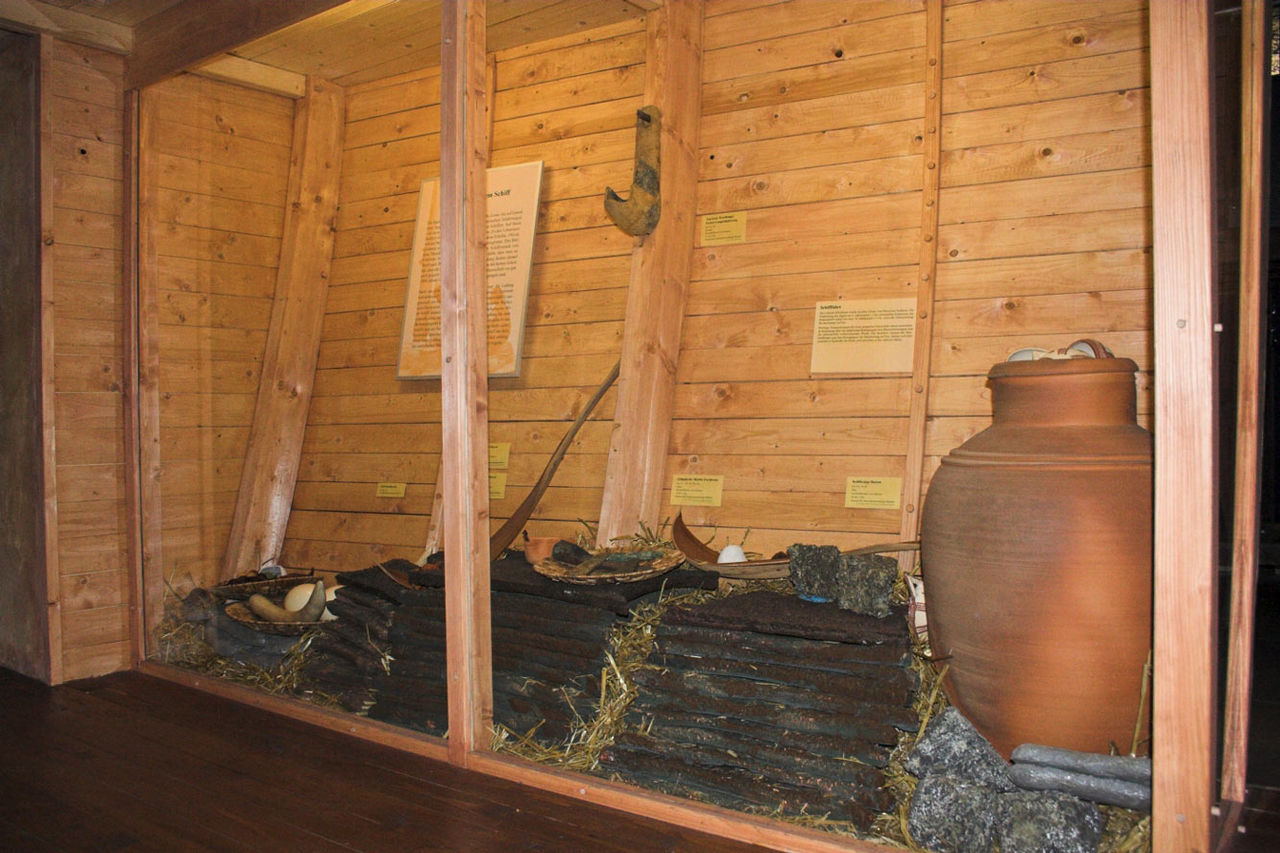Introduction:
Pithoi, the large ceramic storage jars that dotted the landscapes of ancient Mediterranean civilizations, have long captured the fascination of archaeologists and historians. These monumental vessels, some standing as tall as a person, were integral to the economic and cultural fabric of societies that flourished thousands of years ago. In this comprehensive blog post, we will delve into the captivating world of pithoi, exploring their design, function, and the vital role they played in the lives of our ancient ancestors.

The Origins and Significance of Pithoi
The term “pithos” (plural: pithoi) originates from the Greek language and refers to these large, distinctive storage containers. Pithoi were utilized across a wide range of ancient civilizations that bordered the Mediterranean Sea, from the Neolithic period through the Iron Age. These vessels served as the primary means of bulk storage and transportation for a variety of goods, including fluids such as wine and olive oil, as well as grains and other agricultural products.
The widespread use of pithoi across the Mediterranean world speaks to their importance in the economic and administrative systems of these ancient societies. Pithoi were particularly integral to the palace economies of the Bronze Age, where they were used to store and distribute resources to the populations under the control of these centralized governing bodies. The sheer size and capacity of these vessels, with some exceeding 1,400 liters in volume, underscores their vital role in the storage and management of vast quantities of goods.

Designing for Durability and Functionality
The design of pithoi was carefully considered to meet the demands of their intended use. These vessels were typically constructed from ceramic materials, with a height often reaching the size of a human. The shape of pithoi varied, with some featuring a more barrel-like profile and others boasting a more generously curved silhouette. Regardless of their specific form, pithoi were characterized by a large mouth and a stable base, allowing them to stand upright and be easily accessed.
The sheer size and weight of these containers presented unique challenges for their handling and transportation. Pithoi were not designed to be moved by individual workers; instead, they were equipped with various features to facilitate their relocation. Lugs, handles, and even rope attachments were incorporated into the design, enabling the use of specialized equipment, such as cranes and harnesses, to lift and move the pithoi.
The durability of pithoi was also a crucial consideration, as these vessels were expected to withstand the rigors of long-term storage and shipping. The ceramic material provided a sturdy and impermeable container, while the use of reinforcing bands and decorative elements added an extra layer of strength and stability to the structure.
Pithoi in Shipping and Trade
The role of pithoi in the maritime trade networks of the ancient Mediterranean cannot be overstated. While the largest pithoi were likely too heavy and unwieldy to be transported by ship, smaller and more manageable versions were commonly used as cargo containers. Excavations of Bronze Age shipwrecks, such as the Uluburun wreck off the coast of Turkey, have revealed the presence of pithoi among the cargo, providing valuable insights into the logistics of ancient maritime trade.

The dimensions and capacities of these shipping pithoi were carefully calculated to optimize their efficiency and ease of handling. Heron, a renowned 1st-century engineer, developed formulas to estimate the volume of pithoid vessels, including both pithoi and amphorae, based on their height and diameter. These mathematical principles helped ancient mariners and merchants plan their cargo loads and ensure the stability and seaworthiness of their vessels.
Pithoi in Ritual and Burial Practices
While pithoi were primarily utilized for practical storage and transportation purposes, these vessels also held significant cultural and ritual significance in some ancient societies. In certain instances, pithoi were repurposed as coffins or containers for the interment of the dead, as evidenced by the Middle Helladic burials found in Mycenae and Crete.
The decoration of pithoi also speaks to their ceremonial and symbolic roles. Pithoi intended for ritual or funerary use were often adorned with intricate designs, including spirals, meanders, and scenes depicting deities or mythological figures. These decorative elements suggest that pithoi were not merely functional containers, but also served as vessels for the expression of cultural beliefs and spiritual practices.

Conclusion: The Enduring Legacy of Pithoi
The study of pithoi provides a unique window into the lives and practices of the ancient Mediterranean world. These remarkable vessels, with their sheer size, functionality, and cultural significance, have left an indelible mark on the archaeological record and our understanding of the past. As we continue to uncover and interpret the remnants of these ancient storage jars, we gain deeper insights into the economic, social, and ritual dimensions of the civilizations that once flourished in the lands surrounding the Mediterranean Sea.
The story of pithoi is a testament to the ingenuity, resourcefulness, and adaptability of our ancestors. These humble yet monumental vessels served as the backbone of ancient economies, facilitating the storage, transportation, and distribution of vital resources. By exploring the mysteries of pithoi, we not only gain a greater appreciation for the technological and organizational achievements of the past but also uncover valuable lessons that can inform our understanding of the present and guide us towards a more sustainable future.
